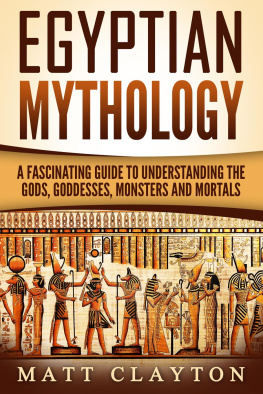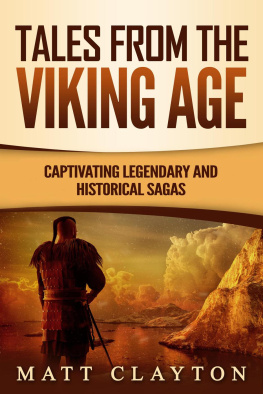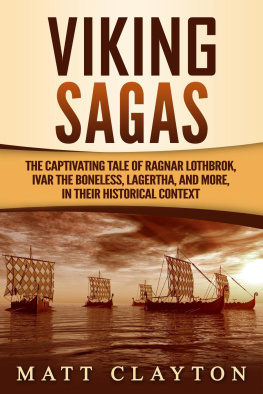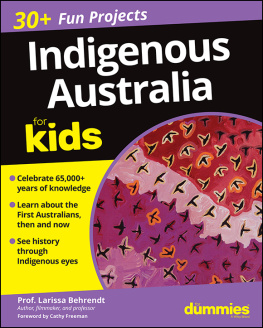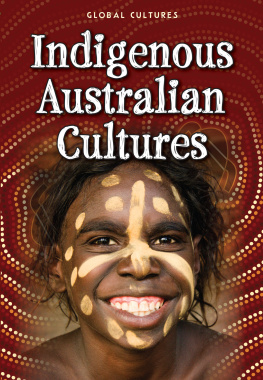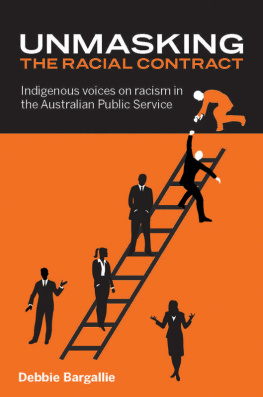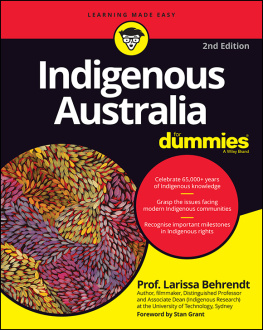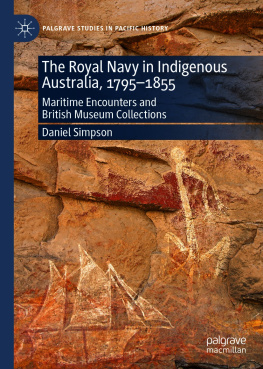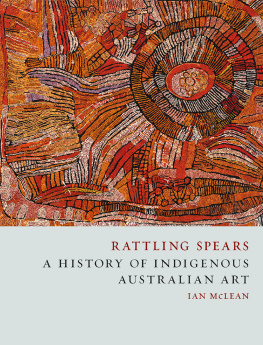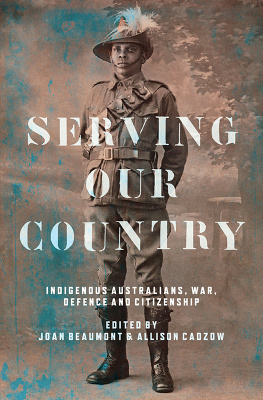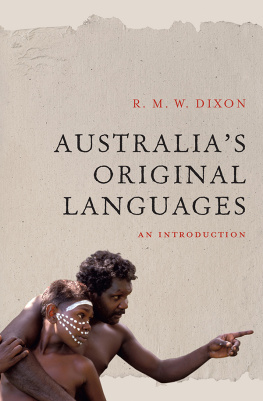Copyright 2020
All Rights Reserved. No part of this book may be reproduced in any form without permission in writing from the author. Reviewers may quote brief passages in reviews.
Disclaimer: No part of this publication may be reproduced or transmitted in any form or by any means, mechanical or electronic, including photocopying or recording, or by any information storage and retrieval system, or transmitted by email without permission in writing from the publisher.
While all attempts have been made to verify the information provided in this publication, neither the author nor the publisher assumes any responsibility for errors, omissions or contrary interpretations of the subject matter herein.
This book is for entertainment purposes only. The views expressed are those of the author alone, and should not be taken as expert instruction or commands. The reader is responsible for his or her own actions.
Adherence to all applicable laws and regulations, including international, federal, state and local laws governing professional licensing, business practices, advertising and all other aspects of doing business in the US, Canada, UK or any other jurisdiction is the sole responsibility of the purchaser or reader.
Neither the author nor the publisher assumes any responsibility or liability whatsoever on the behalf of the purchaser or reader of these materials. Any perceived slight of any individual or organization is purely unintentional.
Free Bonus from Captivating History: History Ebook
Hi History Lovers!
My name is Matt Clayton, and Im the creator of Captivating History. First off, I want to THANK YOU for reading our books in the Captivating History series. As an avid reader of History myself, I aim to produce books that will hold you captive.
Now you have a chance to join our exclusive history list so you can get the ebook below for free as well as discounts and a potential to get more history books for free! Simply click the link below to join.
P.S. If you join now, you will also receive a free Mythology book. Remember that its 100% free to join the list.

Click here to access your bonus
Also, make sure to follow us on:
Twitter: @Captivhistory
Facebook: Captivating History: @captivatinghistory
Indigenous reader advice: Aboriginal and Torres Strait Islander readers are advised that this text may contain the names of people who have passed away.
Introduction
With a history reaching back over 40,000 years, Indigenous Australian culture is one of the oldest continually existing cultures in the world. According to DNA tests conducted at the University of Copenhagen, Indigenous Australian people are the descendants of the first migrants to have left the birthplace of humanity in Africa, some 75,000 years ago. Across these many millennia, the Indigenous peoples of Australia have established complex and unique societies that have adapted well to the often harsh conditions of the Australian landscape.
Although Indigenous Australian culture tends to be named as though it were a single unit, it is far from monolithic. According to the Australian governments website, at the time of first contact with Europeans, there were some 500 distinct Indigenous nations inhabiting Australia, speaking different languages and following their own religious and cultural practices, with a certain amount of overlap across cultures.
As with all human societies, that of the Indigenous Australians is abounding in stories. Stories of how the world came to be the way it is, stories of heroism and perfidy, stories about animals and birds, and stories about love and hate all have parts to play in the wide array of myths, legends, and tales created by Indigenous Australians.
One of the most important concepts connected to Indigenous Australian mythmaking and storytelling is that of the Dreamtime. Dreamtime refers to the Indigenous mythic past, the time of the ancestors when the world was newly made and animals and birds lived and talked like people. It also refers to aspects of current Indigenous religious practices and beliefs. As anthropologist Diane James reports, for Indigenous peoples, the Dreamtime does not exist as something separate in history from their world today. In fact, for them it never really ended, and thus past and present exist together in a kind of unbroken continuum.
This volume is devoted to stories that Indigenous Australians tell about the Dreamtime and is comprised of three parts. The first deals with the origins of things and how the world came to be; the second tells stories of gods, heroes, and monsters; and the third presents tales about animals and birds.
Although there are some aspects of Australian creation myths that span the continent (such as the character of the Rainbow Serpent), different tribes generally have different gods and thus differing stories about the creation of the universe. For tribes in the state of Victoria, the knife-wielding Pundjel, also spelled as Bunjil, is the creator-god, while in other parts of southern Australia, Baiame creates the world with the help of Yhi, the Sun Goddess. Some of these stories address the creation of the world as a whole, while others deal with certain features, such as how the Pleiades and the Morning Star came to be or how Uluru (Ayers Rock) came to have the markings it does.
The Dreamtime is also home to heroes and monsters, deeds of strength and valor, and perilous journeys to the very ends of the earth. In the Dreamtime, the gods still walked among humankind, and their doings at that time are the subject of several myths. Indigenous Australian myths also tell of the deeds of the semi-divine Winjarning Brothers, who travel wherever their courage, skill, and strength are needed. Yet other stories tell of the bravery of ordinary people who save their loved ones from vile beasts or who travel through many strange lands full of even stranger creatures to arrive at Kurrilwan, the land beyond the sunset, where Baiame lives still.
Animal tales are the backbone of many storytelling traditions, and thus the third section of this book presents a selection of Dreamtime animal stories. In these myths, creatures are animal and human at the same time, having feathers, fur, and tails but also paddling canoes, hunting with spears, and speaking and acting like people. Some of these tales are just-so stories explaining why some animals have certain characteristics, while others explain how the animal or bird we know today was created out of its Dreamtime human form.
As of this writing, climate change has generated conditions for catastrophic bushfires that have burned almost fifteen million acres along Australias southeast coast, with no sign of the fires abating. The precious birds, animals, and plants that inspired so many of these stories and that are often unique to this island continent are in serious jeopardy, as are the homes, lives, and livelihoods of thousands of human beings who call that part of the world their home. Written works can always preserve the stories of Indigenous Australians for future generations, especially with our current ability to host texts in the Cloud as well as in printed books, but the fate of Australias land, creatures, and peoples are not as well assured. We can only hope that the things that make Australia and her peoples wonderful and unique will continue to exist in physical reality and not just as words and images in tales from the Dreamtime.
Part I: Origins
The Creation of Life


